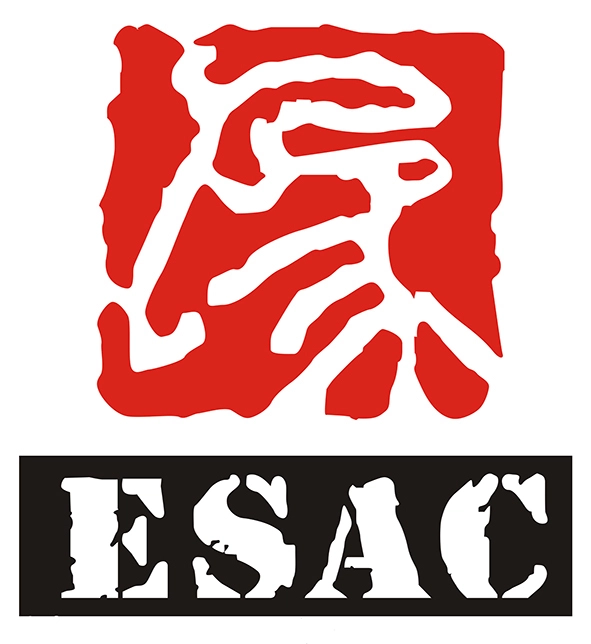5,000+ Entertainment Design Cases, 20+ years Amusement Industry Experience - ESAC Design Sales@esacart.com+086-18024817006
Custom Fun Park Designs Tailored To Your Community
Planning a fun park for your community can be an exciting endeavor that brings people together and creates lasting memories for all ages. With custom design options tailored to your specific needs, you can ensure that your fun park stands out as a unique destination that reflects the spirit of your community.
Creating a Vision for Your Fun Park
When designing a fun park, the first step is to create a vision that captures the essence of your community and sets the tone for the overall experience. Consider what makes your community special and how you can incorporate those elements into the park design. This could include reflecting local culture, history, or natural features in the layout and attractions.
One way to develop a vision for your fun park is to involve community members in the planning process. Hold meetings or workshops to gather ideas and feedback from residents, local businesses, and organizations. By listening to the needs and desires of the community, you can ensure that the fun park design aligns with the interests of those who will be using it.
Choosing the Right Attractions and Amenities
Once you have a vision in place, it's time to start thinking about the specific attractions and amenities you want to include in your fun park. Consider the demographics of your community and the types of activities that are popular with residents. This could range from playgrounds and splash pads for families with young children to sports fields and fitness areas for active adults.
When selecting attractions for your fun park, it's essential to consider a mix of activities that appeal to a wide range of interests. This could include traditional playground equipment, interactive water features, sports courts, picnic areas, and walking paths. By offering a variety of options, you can attract visitors of all ages and create a dynamic space that encourages people to spend time outdoors.
Designing for Accessibility and Inclusivity
As you plan your fun park, it's crucial to prioritize accessibility and inclusivity to ensure that all members of the community can enjoy the space. This includes designing pathways, seating areas, and amenities that are accessible to individuals with disabilities and creating a welcoming environment for people of all backgrounds.
When designing for accessibility, consider incorporating ramps, handrails, and other features that comply with ADA guidelines to ensure that everyone can navigate the park safely and comfortably. Additionally, think about including sensory-friendly elements, such as quiet areas or sensory play equipment, to accommodate individuals with sensory sensitivities.
Enhancing Sustainability and Green Spaces
Incorporating sustainable practices and green spaces into your fun park design can have a positive impact on the environment and create a more enjoyable experience for visitors. Consider incorporating native plants, rain gardens, and green infrastructure to reduce water usage, improve air quality, and support local wildlife.
To enhance sustainability, you could also include features such as solar panels, energy-efficient lighting, and recycled materials in the construction of the park facilities. These eco-friendly elements not only reduce the park's environmental footprint but also serve as educational opportunities for visitors to learn about conservation and stewardship.
Engaging the Community Through Events and Programming
One of the key benefits of a fun park is its potential to bring people together and foster a sense of community. By hosting events, programs, and activities in the park, you can create opportunities for residents to connect, socialize, and participate in shared experiences.
Consider partnering with local organizations, businesses, and artists to offer a diverse range of events and programming in the park. This could include concerts, festivals, fitness classes, art workshops, and community clean-up days. By engaging the community in the planning and implementation of these activities, you can create a sense of ownership and pride in the fun park as a shared community space.
In conclusion, designing a fun park tailored to your community requires careful planning, creativity, and collaboration. By creating a vision that reflects the spirit of your community, choosing the right attractions and amenities, prioritizing accessibility and inclusivity, enhancing sustainability, and engaging the community through events and programming, you can create a vibrant and welcoming space that brings people together and enhances the quality of life for all residents. Consider how these elements can be incorporated into your fun park design to create a truly unique and memorable destination for your community.






